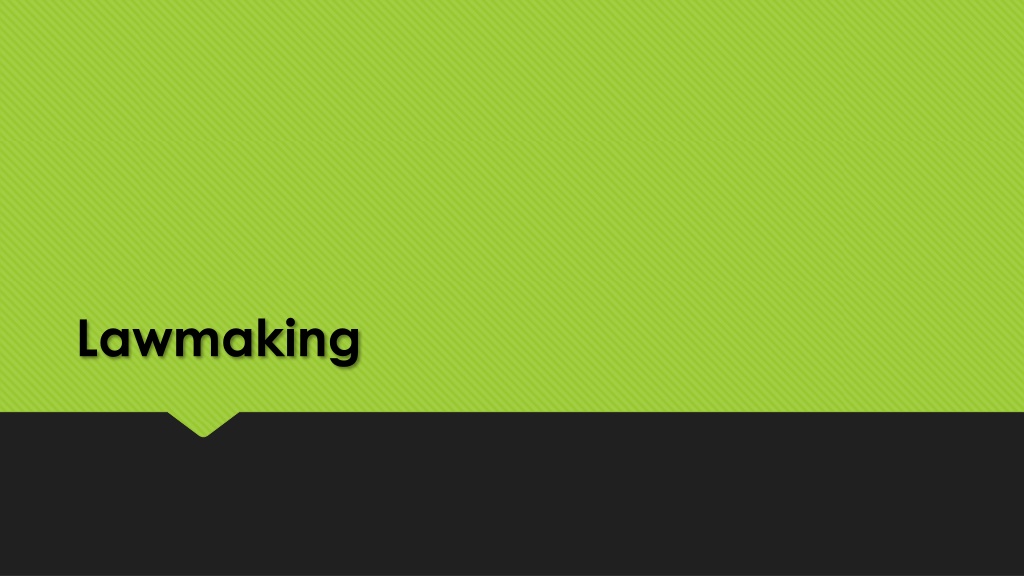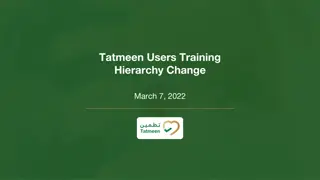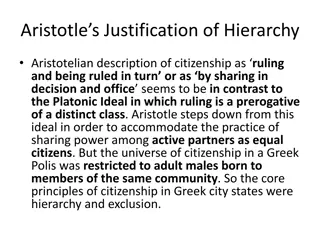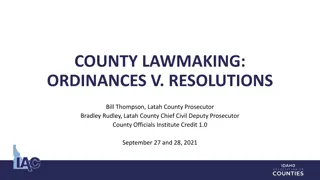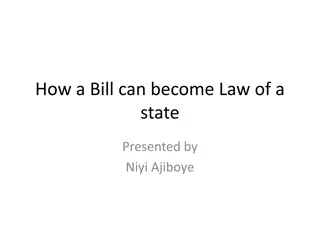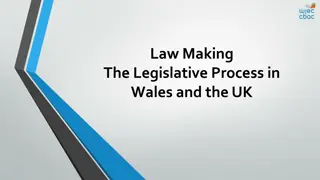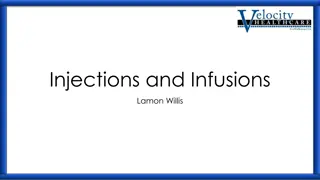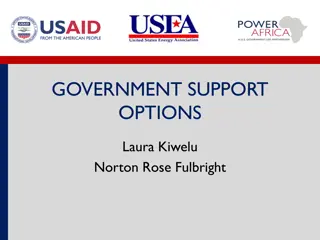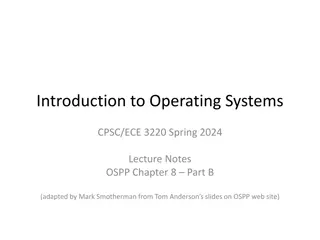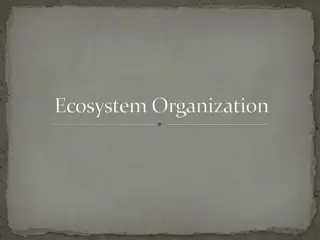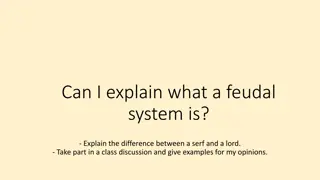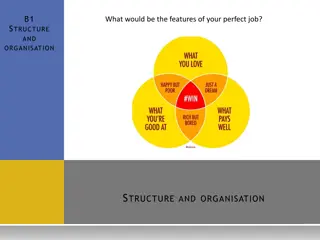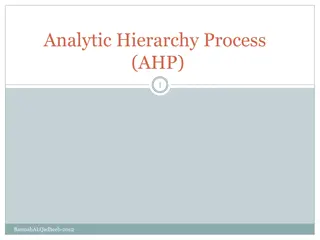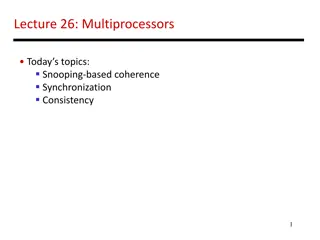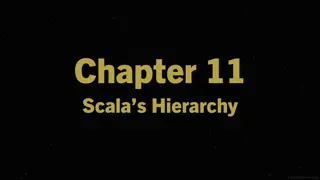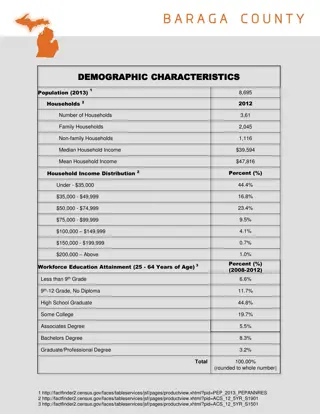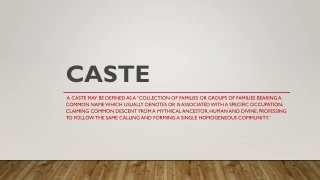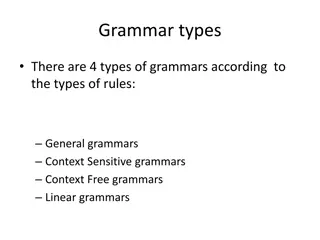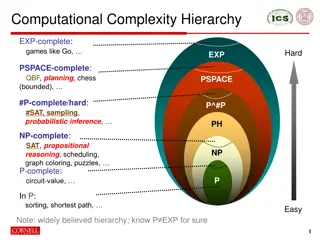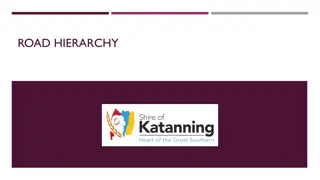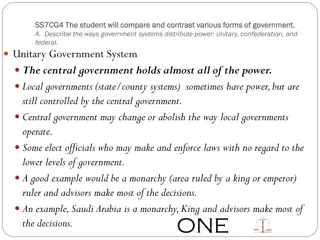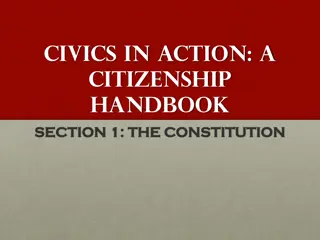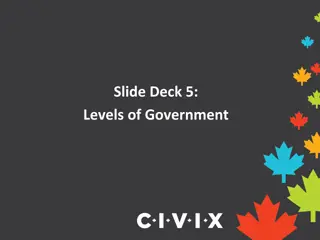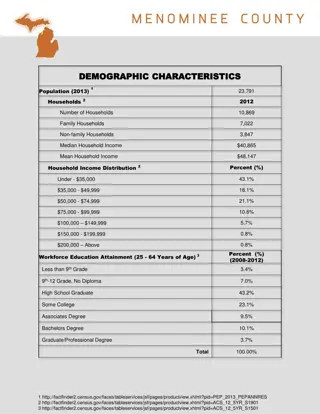Understanding the Hierarchy of Lawmaking in Government
Laws are made through legislatures at different levels of government, including federal, state, and local bodies. Each level has varying degrees of power and scope in creating and enforcing laws. In case of conflicting laws between state and federal governments, the Supremacy Clause of the Constitution establishes the federal laws as the supreme law of the land.
Download Presentation

Please find below an Image/Link to download the presentation.
The content on the website is provided AS IS for your information and personal use only. It may not be sold, licensed, or shared on other websites without obtaining consent from the author. Download presentation by click this link. If you encounter any issues during the download, it is possible that the publisher has removed the file from their server.
E N D
Presentation Transcript
Where are laws made? Laws are made through legislatures, bodies of the government responsible for passing laws.
Where do we find legislators? Federal Government State Government Local Government
Limited Power Federal Government Affect every person in every state National Impact Examples include environmental laws, national security, public health, civil rights, post office, social security
Broader Power State Government Ability to legislate over all areas *not* granted to Congress in the Constitution Examples include education, transportation, family law, criminal law
Ordinances Local Government Narrowest scope but most impact on our daily lives Examples include land use, parking, schools, regulation of local business
Wait! What happens if the state laws contradicts Federal laws?
The Constitution and the laws of the United States . . . Shall be the supreme law of the land. Supremacy Clause
Federal Government State Government
Ok. I got it. Federal State Local So? How are lows made?
That was cute. But a little confusing. I think I need more details. . . .
Wow. That was A LOT of information. Can we break it down?
Legislative Process First, a Representative sponsors a bill. The bill is then assigned to a committee for study. If released by the committee, the bill is put on a calendar to be voted on, debated or amended. If the bill passes by simple majority (218 of 435), the bill moves to the Senate. In the Senate, the bill is assigned to another committee and, if released, debated and voted on. If the Senate makes changes, the bill must return to the House for concurrence. The resulting bill returns to the House and Senate for final approval. The President then has 10 days to veto the final bill or sign it into law.
One more thing! Laws need to be clear. Right?
The Unclear Law The city of Beautifica has established a lovely park in the city. The city council wishes to preserve some elements of nature, undisturbed by city noise, traffic, pollution, and crowding. The park is a place where citizens can go and find grass, trees, flowers, and quiet. In addition, playgrounds and picnic areas, and at one time a road ran through the park. Now the road is closed. The city council has enacted a law requiring that all entrances to the park have the following VEHICLES IN THE PARK. there are sign posted: NO
Recap Laws are made by legislative bodies. Legislators can be found at Federal, state, and local levels. When there is a conflict, the Supremacy Clause tells us that Federal Law will always prevail. The Federal Legislative process requires approval from the House, Senate, and the President. Laws should be clear so people understand the expectations.
Classroom Bill of Rights Class will be broken into two groups (Senate and House) Representative from House will propose a bill House will vote If it passes, Senate will vote If it passes, President (teacher) will sign or veto Then we will try with the with Senate going first If a bill does not pass, it has to return to appropriate group for revisions
